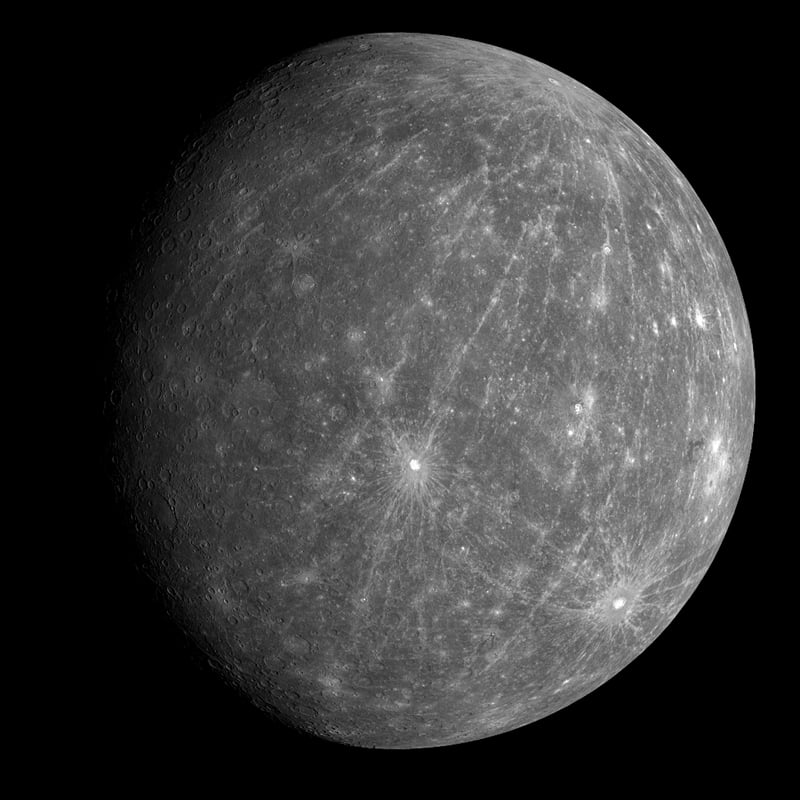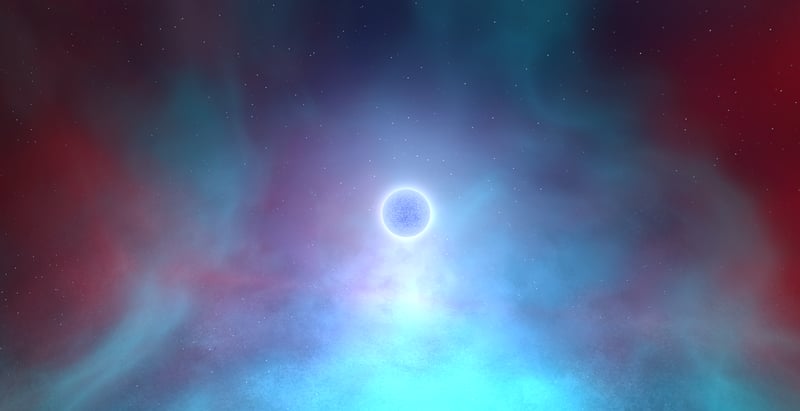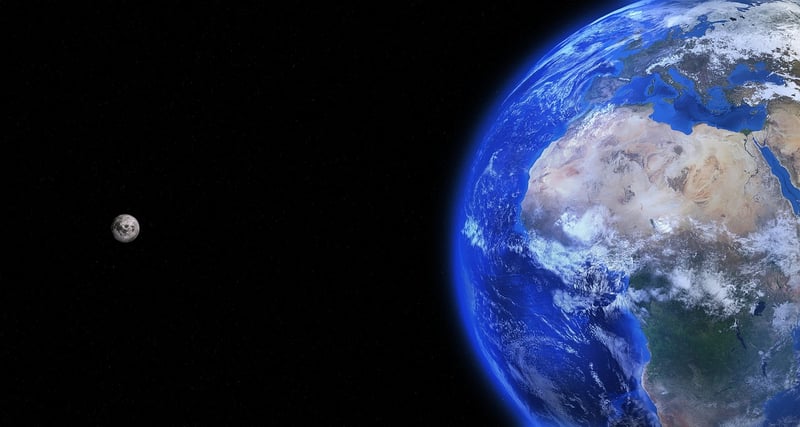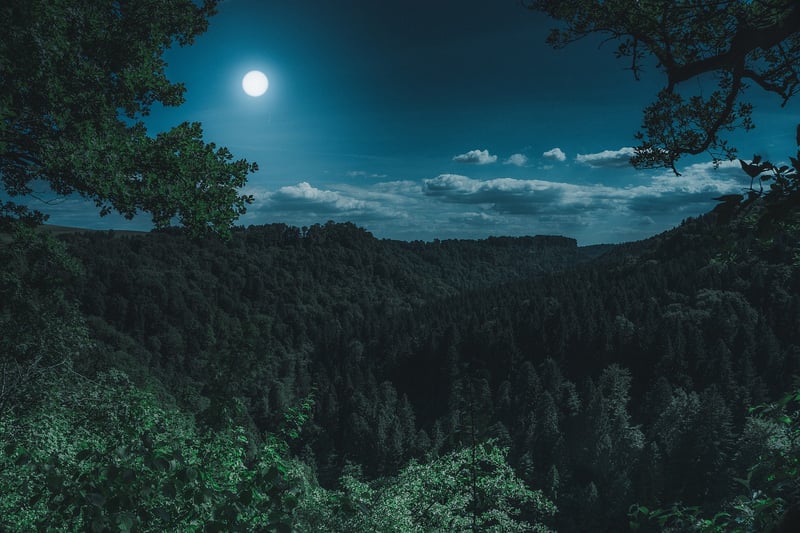Moons
Exploring Planets and Moons in Our Solar System
Welcome to the fascinating world of planets and moons in our solar system. With their diverse landscapes, unique features, and intriguing mysteries, these celestial bodies offer a glimpse into the vast wonders of the universe.
Planets
Our solar system is home to eight planets, each with its own distinctive characteristics. From the fiery surface of Mercury to the icy plains of Neptune, these planets provide a wealth of opportunities for exploration and discovery.
Mercury
Mercury is the closest planet to the Sun and is known for its extreme temperatures, ranging from scorching hot to freezing cold. Despite its small size, Mercury boasts stunning cratered landscapes that have been shaped by impacts from asteroids and comets.

Mars
Mars, often called the "Red Planet," is known for its rusty red surface due to iron oxide (rust) in its soil. With its vast deserts, towering volcanoes, and deep canyons, Mars has long captured the imagination of scientists and space enthusiasts alike.

Moons
In addition to planets, our solar system is also home to a multitude of moons orbiting around these celestial bodies. Moons come in various sizes and compositions, offering unique insights into the dynamics of planetary systems.
Europa
Europa is one of Jupiter's moons and is believed to have a subsurface ocean beneath its icy crust. This tantalizing possibility of liquid water has sparked interest in Europa as a potential location for extraterrestrial life.

Titan
Titan, Saturn's largest moon, is shrouded in a thick atmosphere and boasts methane lakes and rivers on its surface. Scientists have studied Titan extensively to better understand its unique chemistry and geology.

Exploring planets and moons in our solar system continues to captivate scientists and space enthusiasts, offering endless opportunities for discovery and wonder. Whether studying the rocky terrain of Mars or the icy oceans of Europa, each celestial body holds the promise of unlocking the secrets of the cosmos.
